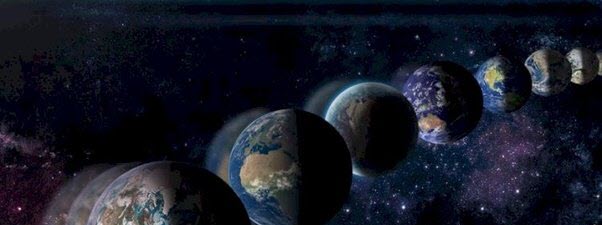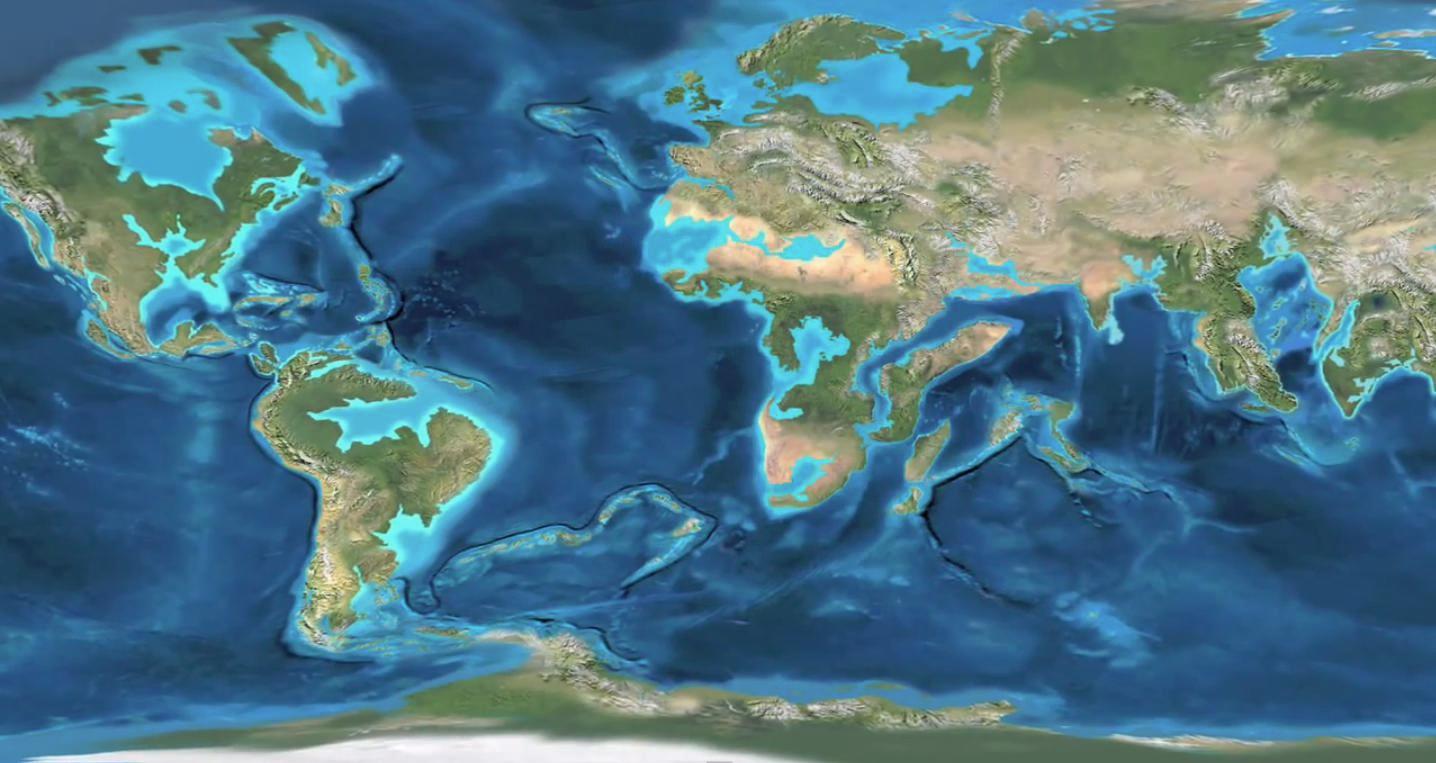Darwin-1
Some people find it depressing, but me? After one too many RUINs, and worse, I'm happy to see a sign there's a lush, living, future for the planet... at least some of the time.
Life, But Only Somewhat As We Know It
The breach point opened onto a rocky beach, small waves breaking on the shore. Warm, fairly humid, with the scent of sea air and the sound (and sight) of birds, most prominently the black-and-white gull-like creatures circling overhead. One broke from the flock and executed a low arc along the shore, passing about a foot from the ground, when there was a motion too swift to be seen, and it flew up again, something crablike in its jaw. One of the explorers had been recording in the direction, and rewound to see what had happened. Slowed down, they could see the creature (later called a speargull) open its beak and shoot out a 'tongue' that was a foot long and tipped with a bone spur, 'firing' fast enough to penetrate the shell of the luckless 'crab' (as it turned out, closer to a wingless wasp), impale it, and carry it off for lunch.There were no visible signs of civilization... but as has oft been noted, there are many places on Baseline where an explorer on foot could travel days without a sign of sapient life, even with cities of a million people a short distance (if using advanced transportation) away. So they explored cautiously, taking pictures, making notes, gathering air and water samples, wondering what might be edible, and what might try to eat them. The answer to the latter came during evening, when a pair of animals about the size of very large wolves decided to charge at an explorer who had left the fire to attend to biology. Not a novice, he had gone out armed, and managed to get off a quick shot before they could close. One fled; the other had been badly wounded, and rather than leave it to be devoured by other predators, was mercifully dispatched. One of the team, formerly a vetrinarian before joining BREACH, spent some time examining the corpse and tentatively concluded it was a distant relative of the raccoon.
Invariably, as required by law, someone quipped, "Well, I guess we're not in Kansas anymore."
At which point their teammate, who had been getting stellar measurements, said, "Well, actually, I think we are. Right around Topeka."
Welcome... To The World Of Tomorrow!
Further observations and a lot of analysis back at Conestoga Base gave an approximate date of 100 Million AD, where the Midwest has been swallowed by the former Gulf of Mexico, the east coast of North America is a rocky island chain, and Eurasia, Africa, and Australia have merged into a single gargantuan supercontinent.While evolutionary biologists (and quite a few geologists) are demanding almost anything else be back-burnered, one question needs to be answered to shape anything learned: What was this world's past? Human action on Baseline will drastically impact how life will continue to evolve; two worlds, otherwise identical up until roughly 30,000 years ago, will diverge biologically based on if humans (or some equivalent) had begun to muck with things. Domestication of plants and animals, the eradication of prey species, slash and burn agriculture... even stone age technology impacts life. Understanding how the species of today became the species of Darwin means knowing what "today's" species were in Darwin's history.
So far, archeologists have found no evidence of humanity, but the search has been brief, and under many projections, humanity as a species, especially one that could leave traces of itself after 200 million years, will barely exist for an eyeblink in geological time. Is Darwin a post-human future, or a never-human future? And since only a few dozen square miles of an entire planet have been explored, are the human descendants still? Or some other sapient life? As a BREACH anthropologist put it, "Some descendants of rats or cats or squirrels, somewhere around, for example, the Australian uplifts, may have mastered fire 50,000 years ago, and by now have planted crops, have cities and empires, work bronze and iron, have spread to the new Mediterranean and the former-California islands, divided into ten thousand cultures and languages, gods and heroes, and still not be detectable from the Topeka Sea. Hell, it took only about eight million years to go from lemur to human. A dozen sapient species may have evolved and then wiped themselves out in Darwin's past, with millions of years between each to cover up the evidence."




Comments